The Brookings Institution’s Project on U.S. Relations with the Islamic World introduces here our “Future of Islamism Survey” series. This is the first post.
We recently put a set of questions to ten expert contributors participating in our Rethinking Political Islam initiative. (See here for the list of scholars.) They are among the leading scholars of Islamist movements, with each having conducted extensive fieldwork on Muslim Brotherhood and Brotherhood-inspired groups in 12 countries, including Egypt, Tunisia, Syria, Yemen, Libya, Saudi Arabia, Pakistan, and Indonesia.
The survey consisted of various questions on the future of Islamism, each of which will form the content of a blog post, released periodically over the coming months. All responses have been anonymized. After asking each question, we asked participants to explain the reasoning behind their answers.
The first question is: how likely is it that the Egyptian Muslim Brotherhood would abandon its official non-violent stance in the short term (2017) and the medium-term (2020)? The participants were asked to give their answers in the form of a percentage value expressing the likelihood of the Brotherhood officially dropping nonviolence from its political platform. Responses are presented below as a bar graph, and then averaged. (Where respondents did not feel confident enough to reply, we mark their answer as N/A.)

Overall, our participants believe that the Muslim Brotherhood in Egypt is highly unlikely to abandon its official nonviolent stance in either the short term (10 percent likelihood, on average) or the medium-term (20 percent likelihood, on average). The polled experts gave a number of reasons for answering the way they did.
Most of our experts felt that nonviolence would hold at least in part because it underscores the Brotherhood’s self-image as the only sane, centrist alternative to violent groups. “The Muslim Brotherhood takes seriously that it provides an alternative to violent Islamist strands, in particular as these become increasingly visible and destructive in the region,” said one participant. In short, this scholar believed it was “highly unlikely that the Muslim Brotherhood in general will adopt a formal position that approves of the use of violence, unless violence against the Brotherhood increases considerably or if the Sissi regime loses its hold on power.”
Some experts noted that the old guard—who tend to be more socially conservative but more emphatic about nonviolence and skeptical about “revolution”—still dominate the Brotherhood’s central governing bodies. The Shura Council, for instance, “is still dominated by an older generation of arguably fairly pragmatic politicians who know the political and human cost that such a decision [to endorse violence] would entail.”
Moreover, this generation of Brotherhood leaders have also been around long enough to know that Sissi is mortal, and that if they are patient enough, there will be a political opening. At the time of such an opening, one participant wrote, there may be “a transition away from Sissi to another figure in the military or intelligence service who could negotiate a ‘deal’ with the Brotherhood—one which would not necessarily include the group’s immediate return to politics, but at least tacitly acknowledge the regime’s excesses [and] allow leaders to come back to Egypt and release many of the prisoners. I am not saying that this is a realistic short-term prospect but the idea of it is surely in [Brotherhood] leaders’ minds.”
The Brotherhood has sometimes winked at violent struggle when it suited them. One participant wrote that, in many ways, the Brotherhood has “tacitly endorsed” armed struggle already, “leaving enough room for younger and more revolutionary members to engage in it carefully and selectively, while keeping plausible deniability. This way the organization gets the best of both worlds and keep its youth ‘satisfied’.”
Some of our scholars argued that even if it wanted to, there is simply less “need” for the Brotherhood to engage in violence. However, if regime repression increases dramatically (having reached its peak in August 2013), this could change. As one participant noted, “the regime itself seems to be in an ever weaker position day by day, lessening the need [for the Brotherhood] to engage in violence to make gains against it.”
Another participant emphasized the Brotherhood’s long game, putting the likelihood of an official shift on violence at 10 percent in the short-term and 15 percent in the medium term: “If Sissi falls/fails and there is a new political opening, the Brotherhood will need to maintain its mainstream credentials.” He explained that he increased his medium-term estimate by 5 percent “only to address a contingency whereby the Egyptian state carries out mass death sentences against convicted Brotherhood members.”
Any significant change in the Brotherhood’s (official) stance on violence would threaten internal cohesion. While there are already unprecedented divisions in the Brotherhood, as we argued in a recent Brookings report, the divides could worsen still, leading to an irrevocable split. As one participant argued, any shift on violence would “suppose an overwhelming majority of votes in favor in the Shura Council… And, even if such a majority could be achieved, it would probably lead to splits within the organization.” In addition, as an organization based in exile in Istanbul, London, and Doha, a clear, direct association with violent activities would “most probably lead to the re-opening of investigations in London about the ‘violent’ nature of the Muslim Brotherhood.” It would almost certainly prompt renewed discussion in Washington over whether to designate the Brotherhood a terrorist organization.
It has become increasingly difficult to say what “the Brotherhood” means. Internal fragmentation has already occurred, with Brotherhood leaders—who themselves are associated with two main factions—losing control over “organizational control over messaging and practice…allowing individuals and small groups to adopt violent methods but still identify with a movement that takes a more ambiguous line, making it really hard to say what ‘the Brotherhood’ means or stands for.” For example, is the Brotherhood—as it has been for the better part of 80 years—still a fundamentally “gradualist” organization or has it become a “revolutionary” movement? It depends on who you talk to and how you define “revolution.” (Here are two videos of us interviewing Brotherhood figures on some of these questions, part of our Islamists on Islamism Today series).
The Brotherhood’s lack of allies in the broader Egyptian opposition is a liability that threatens its cohesiveness. One expert writes that “the one scenario that seems almost inconceivable to me is one in which the [Brotherhood]…build[s] ties to other movements (as they did in the 2000s) to pressure the regime…Given the polarization that both preceded and followed Sissi’s coup, I don’t see this kind of alliance as realistic. Without non-Islamist allies and without much check on the regime’s use of coercion, the Brotherhood’s isolation leaves me worried about the medium-term radicalization of the movement.” This has been echoed by some other commentators on the Brotherhood, such as Ammar Fayed, who—as part of Rethinking Political Islam—wrote that “as long as the Brotherhood’s political imagination is unable to overcome the mindset of ‘coup versus legitimacy’ and develop an alternative political discourse that meets the demands of the disaffected social segments that ignited the January revolution, then the Brotherhood itself may be an obstacle in its efforts to build a new culture of protest.”
The Brookings Institution is committed to quality, independence, and impact.
We are supported by a diverse array of funders. In line with our values and policies, each Brookings publication represents the sole views of its author(s).
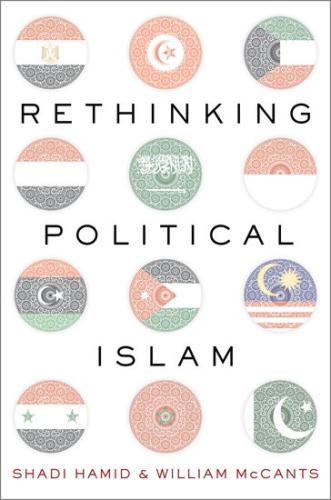
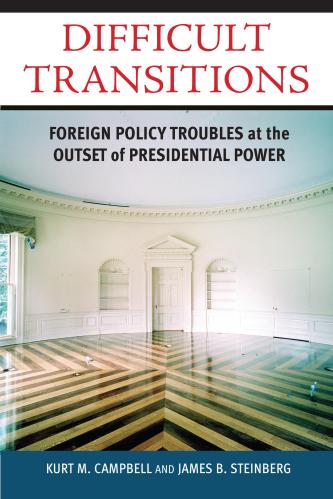
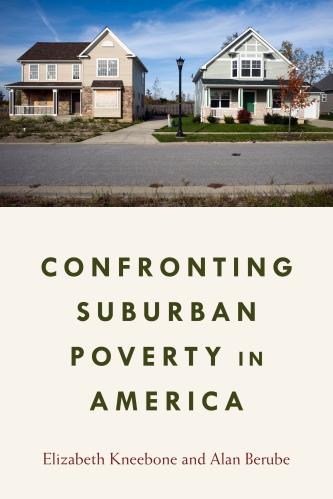
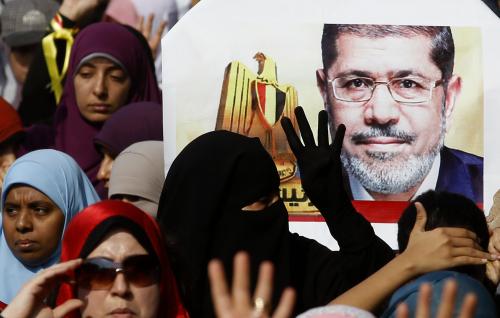
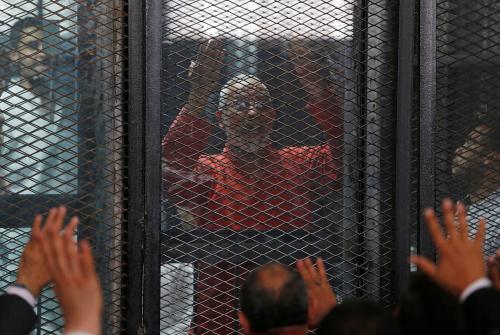
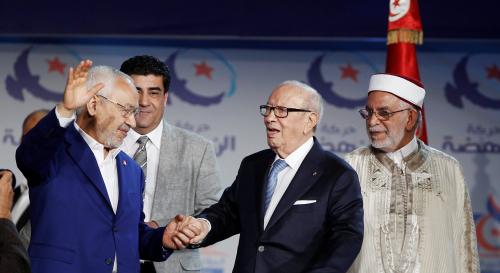
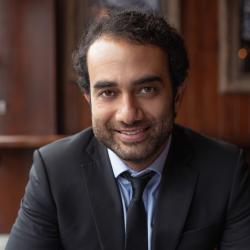

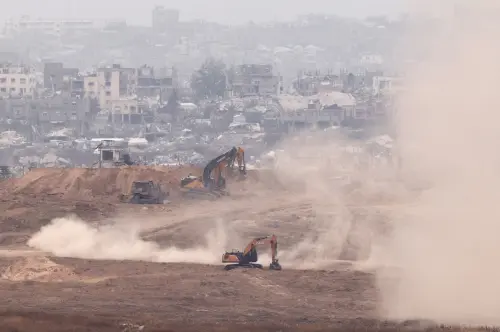
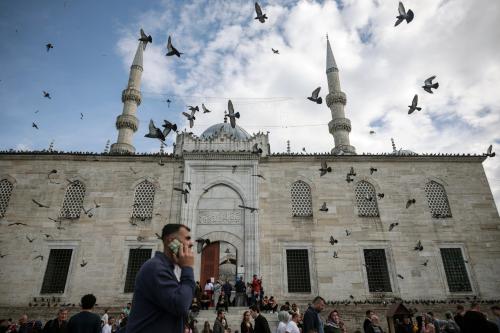
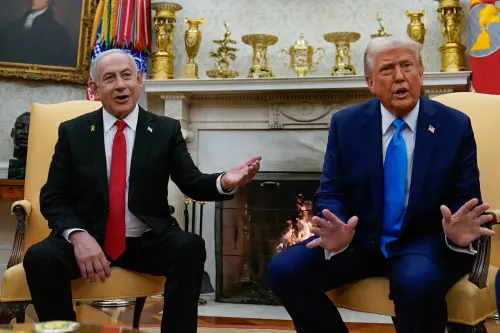
Commentary
How likely is it that the Muslim Brotherhood will abandon its official nonviolent stance?
June 15, 2017